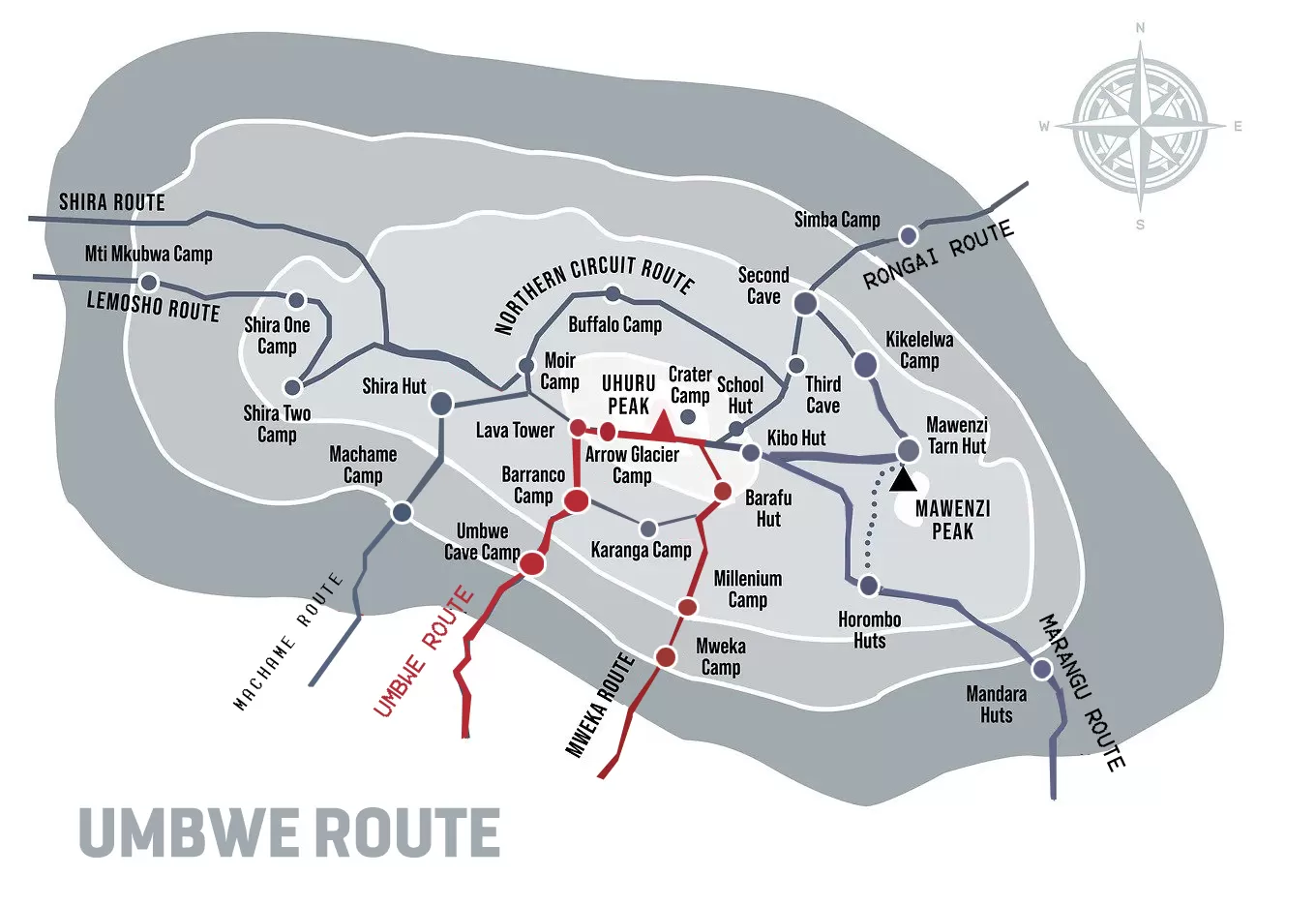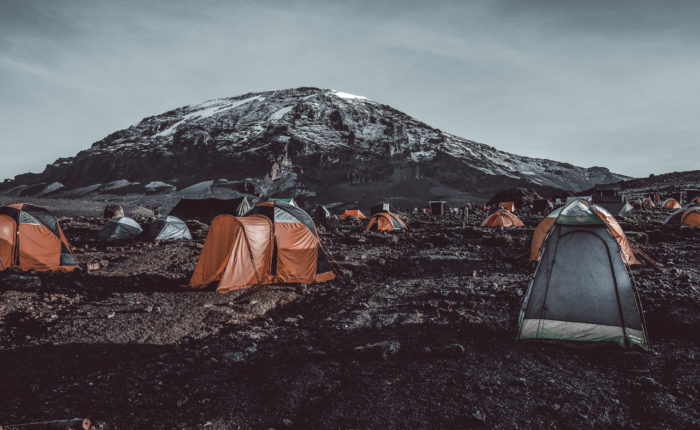The Umbwe Route is among the least-traveled paths on Mount Kilimanjaro, offering a tough yet incredibly rewarding climb. Known for its steep and direct ascent, especially in the first two days, this route demands good fitness and preparation. Beginning on the southern slopes, the trail ascends quickly through thick rainforest and later connects with the Machame and Lemosho routes near the Barranco Wall on day three. Its early isolation makes it an excellent choice for climbers who prefer a quieter, more intense trekking experience.
Trekkers can choose between a 6-day or 7-day itinerary, with the extended version providing better acclimatization and a higher chance of summit success. This route is not only challenging but also visually stunning, showcasing some of Kilimanjaro’s most dramatic scenery. As hikers move through the ever-changing terrain, they’ll encounter striking landscapes, rare plant life, and occasional wildlife. For those seeking a physically demanding climb paired with solitude and spectacular views, the Umbwe Route is a perfect fit.
Activities: Climbing/hiking/trekking.
Attractions: Mountain rain forest with small wild animals, different vegetation zones, Barranco wall, Mount Kilimanjaro sceneries and its panoramic view.
Accommodation: Tents camping.
Route traffic: Very high during peak season.
Summit success rate: High, above 85%



